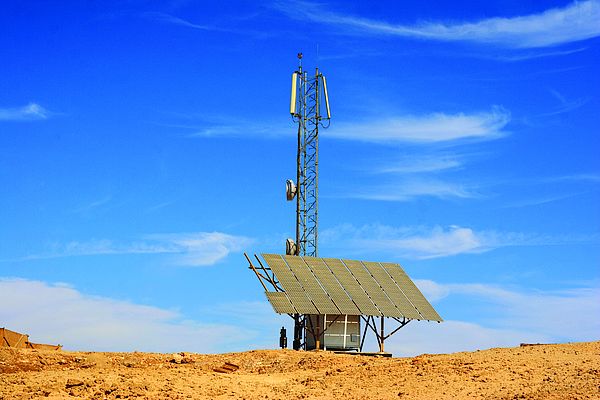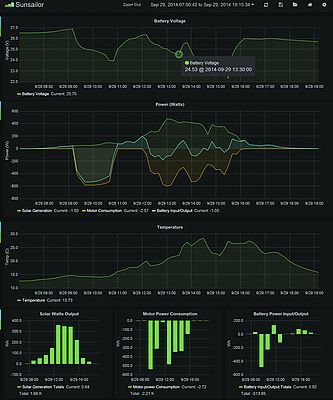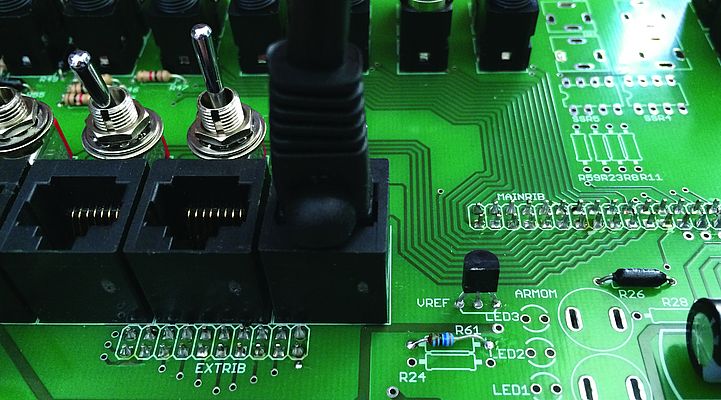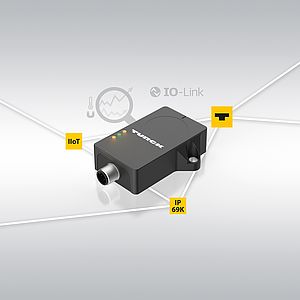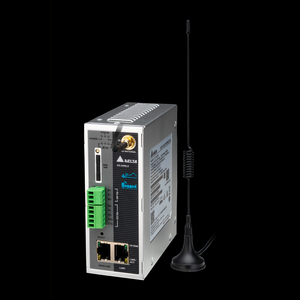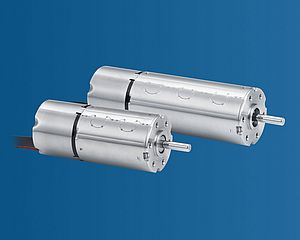Working in the Off-Grid Energy sector is exciting and challenging. We are, on a daily basis, presented with problems which require tailored engineering solutions, which are built to last and withstand local challenges and conditions. Our solutions involve understanding the customer's energy requirements and usage patterns, giving advice on appliances to use, how to conserve energy and how to live or work with the system itself.
Last year we were approached by a company in the UK, who were designing solar powered medical containers to be deployed in Africa. One of their requirements was for the containers to be self-sustaining power units, functioning as if they had grid. From the start we explained the problems and added costs this would present, the issues with batteries being discharge to deep, temperature effects on lead acid battery chemistry, the air-conditioning units moulding up, when they were shutdown without the proper sequence and how it would be hard, even with the usual tools, to ensure that the system would be reliable. Having already been looking into making our own software and hardware to help deal with these problems, we saw this as an opportunity to design our own system to control and deal with these challenges.
The Off-Grid Europe Monitoring and Control Center was born. For the medical container project, we had a series of challenges. How do we keep the vaccine fridge on at all time? How do we cool the waiting room without destroying the batteries and how do we do this at a reasonable cost? These problems could not be dealt with using the existing hardware, as it offered little in control or definition. Also, a DC powered air-conditioning unit is 4-5 times more expensive than the typical AC units, massively raising costs altogether. Although we use the best off-grid equipment available such as OutBack, SMA, Schneider, the system would be fragmented in regards to monitoring and control.
Every off-grid power system has a battery at its core. This is where excess energy production is stored to be discharged when needed. The only way to know how much energy is available in your battery bank via remote (if you can get to the battery bank Specific Gravity is your best way to determine State Of Charge), is to measure the amps in/out and battery voltage. The top quality systems on the market do this very well and can display current/watts produced daily, battery voltage, temperature and much more. They can relay this information onto the internet using various pieces of integration hardware. With some systems you can even change limited system parameters remotely. Finally most systems have a few AUX ports, which can be used to turn on/off loads, generators and anything else based on the battery voltage threshold, time of day. For the majority of applications, this is enough to turn on the diesel generator when the battery is low or divert excess energy to dump loads.
However if you want to control something a bit more nuanced, like an off-the shelf, readily available, cost effective AC powered air-conditioning system, you have a series of problems. With an AUX control, the system simply turns on a load to the battery, causing a voltage drop, most likely ending battery maintenance charge and through repeated cycling, increasing overall sulfation over time. When the battery voltage drops enough or a timed period is over, the system reacts by turning the air-conditioning off, wasting potential excess energy the panels could be producing to use, for example colling battery/plant room and thereby extending battery life considerably.
We came up with a solution which could measure both the AC and DC power used throughout the system, with a three level AC minigrid ordered by level of priority. Level 1 being the vaccine fridge, level 2 the sterilization units, fans and general AC and level 3 being the AC unit and the extra sockets. By knowing how much power is being produced at a given time, we can control the output of the air-conditioning unit via the infrared signal remote control emulator (the same way you manually control your system at home and adjust it), to only use excess power when available. When there is insufficient solar power, the air-conditioning unit will simply go through the power down process and into standby mode. If power continues to drain the battery, the voltage drops further. This triggers a level 2 relay grid disconnection, leaving only the level 1 grid going, until the battery is flat. A situation unlikely due to the size of the solar array, the battery bank size and the small consumption of the fridge.
As we designed this system, we began to realize that we could do much more than just manage a medical container and we built in 5 x 16 channel multiplexing circuits, to expand our sensor/relay controllers from 10 to 85. With this, we can for example monitor solar farms output on a string by string base. This is especially interesting, where manufacturers no longer support the monitoring suite available at the time of the installation. We can offer a worldwide service, to monitor the system for performance issues, which have effects on the ongoing production income of the investment. Or we can develop Diesel/Solar hybrid systems with focus on the power range below the sizes that SMA normally work with 10-100kw.
We built everything with 0.1% electrical tolerance or less and high temperature resistance, increasing the unit price but also making a solid, stable and durable product. We built in precision power supplies on several ports, to allow for expansions we did not plan for and also added an internal router with VPN to provide a secure and encrypted channel and two extra LAN ports to be used to, for example, control ModBus enabled devices in the future.
We have employed an interesting and diverse mix of soft and hardware. We are using the Arduino DUE to measure in 12 bit resolution, giving 4096 specific measurement points. Each point is sampled 100-1000 times in less than a millisecond, refine with high pass/low pass filters and averaged, improving precision way beyond the bit resolution offered. The Raspberry PI works as our local web-server, managing the DUE and communicating with the dedicated Linux Powered Router which is providing the VPN and full encryption. We have developed our own HALL sensor circuits to measure DC current and can measure -300 to 300 amps in 0.1a resolution.
Our future is in managing small grids worldwide, using LAN, 3-4G or Satellite, ensuring that customer's expensive battery banks stay online and the that power is always on.
By Mark Kragh, Director Off-Grid Europe


